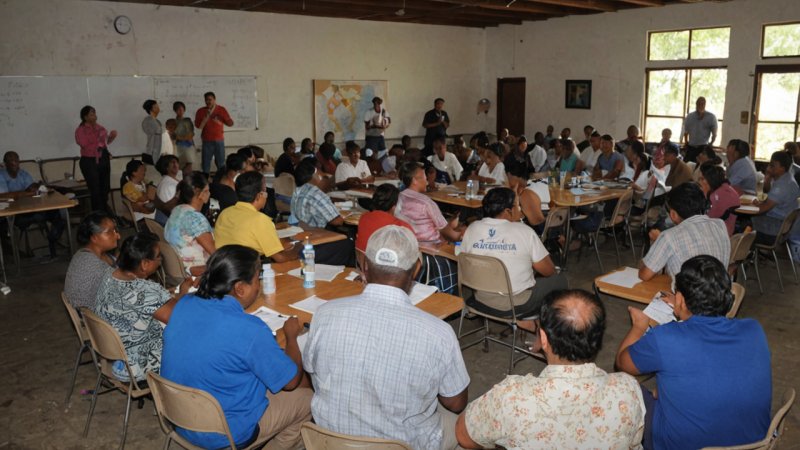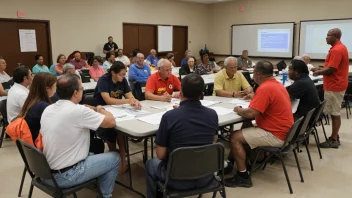In an ever-changing world, the need for effective disaster relief is more pressing than ever. Natural disasters can strike at any moment, leaving communities in desperate need of support. While global organizations play a crucial role, it is often local initiatives that provide the most immediate and effective assistance. This article explores how individuals and communities can come together to create impactful disaster relief efforts at the local level.
The first step in providing effective disaster relief is to understand the unique needs of your community. Each locality has its own set of resources, vulnerabilities, and strengths. Conducting a community needs assessment can help identify the most pressing issues that require attention during a disaster. This assessment should involve discussions with local leaders, residents, and organizations already engaged in relief efforts. By understanding these dynamics, local initiatives can be tailored to address the specific needs of the affected population.
Collaboration is key in disaster relief efforts. Local organizations, schools, businesses, and volunteers should unite to form a cohesive response team. Establishing partnerships with local governments and non-profit organizations can enhance the effectiveness of relief efforts. Together, these groups can share resources, knowledge, and manpower, ultimately leading to a more efficient and organized response.
One crucial aspect of local disaster relief is preparedness. Communities should invest time in training and educating residents about disaster response procedures. Organizing workshops or simulations can help residents understand their roles in the event of a disaster. Moreover, creating and distributing emergency kits filled with essential supplies can empower individuals to respond effectively when disaster strikes.
Communication plays a vital role in disaster relief. Establishing a reliable communication network before a disaster occurs ensures that information can be disseminated quickly and accurately. Utilizing social media, community newsletters, and local radio stations can help keep residents informed about safety measures, available resources, and recovery efforts. When disaster strikes, timely and clear communication can save lives and alleviate panic.
Finally, it is essential to foster a culture of resilience within the community. Encouraging residents to share their stories and experiences can help build a supportive environment where individuals can lean on one another during difficult times. Initiatives that promote mental health and well-being are equally important, as they can help individuals cope with the emotional aftermath of a disaster.
In conclusion, providing effective disaster relief on a local level requires a collaborative approach, thorough community assessment, preparedness training, effective communication, and a focus on resilience. By empowering local communities and fostering a spirit of cooperation, we can create a strong foundation for disaster relief that ultimately saves lives and strengthens the bonds within our neighborhoods.
Empowering Local Communities for Disaster Relief
Discover how empowering local communities can enhance disaster relief efforts, ensuring timely and effective support in times of crisis.






